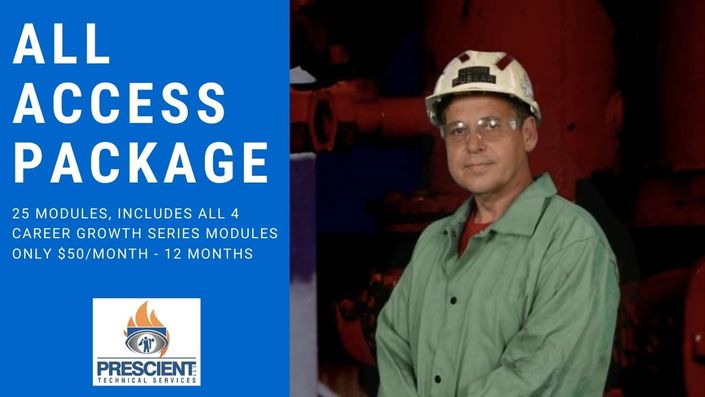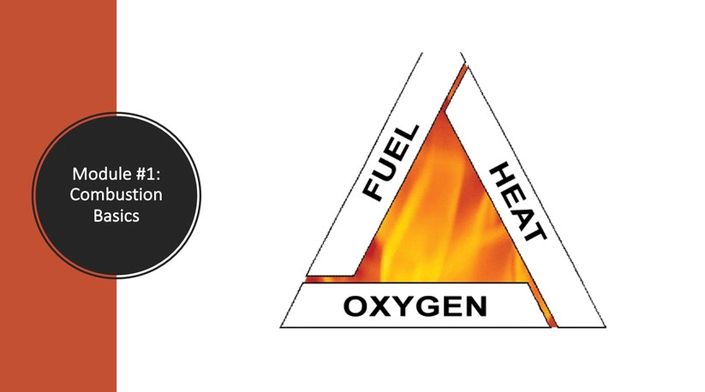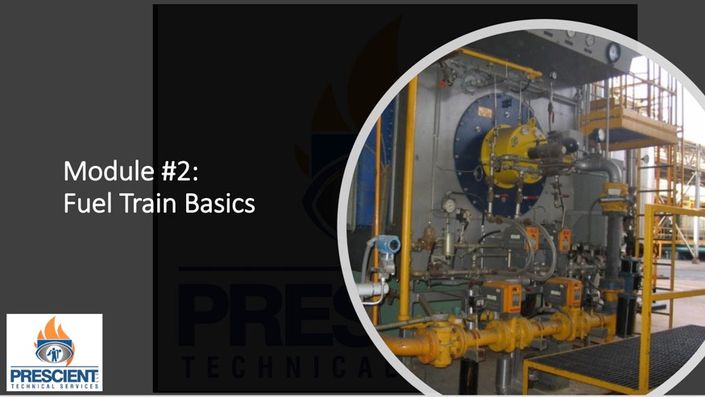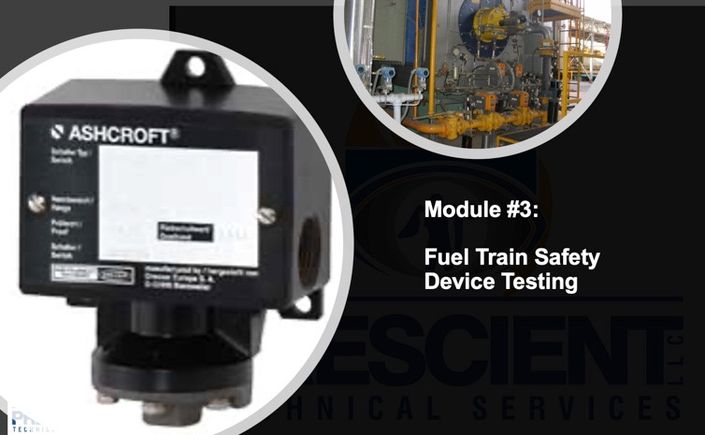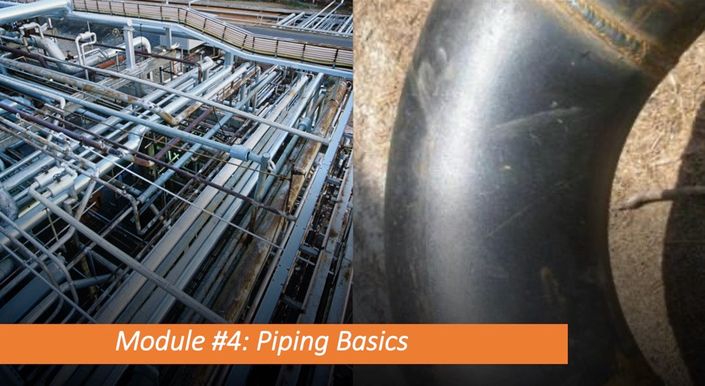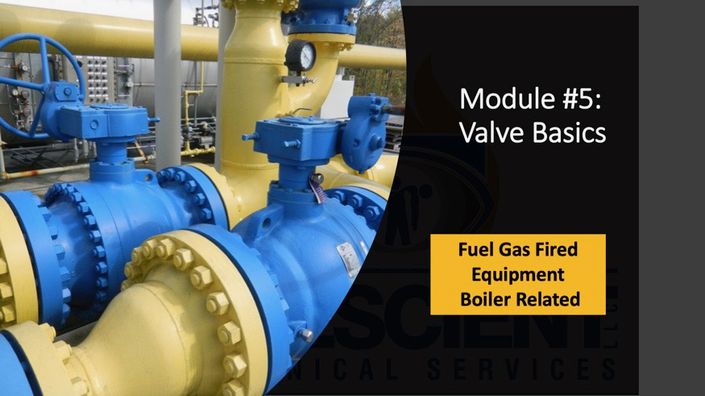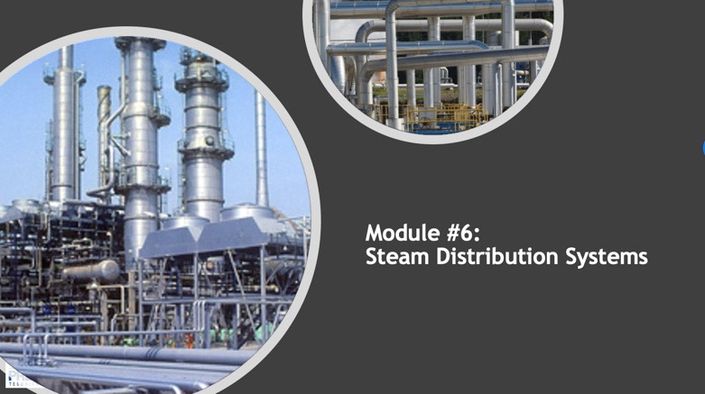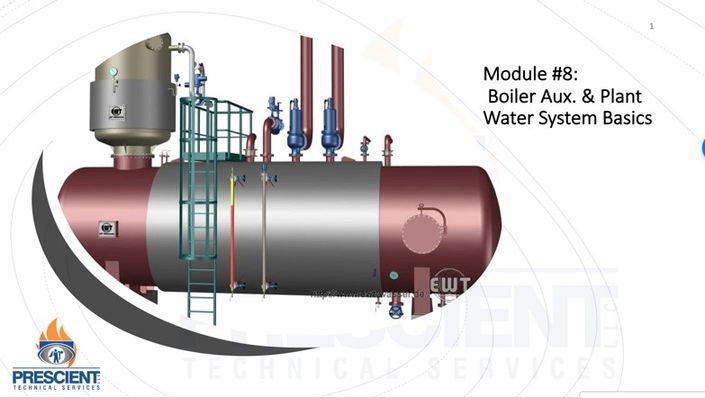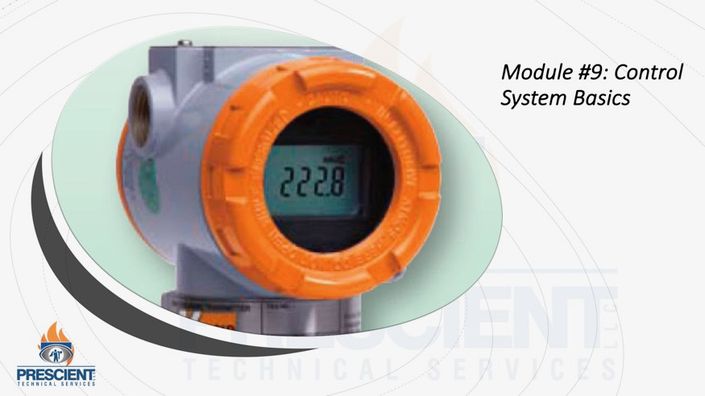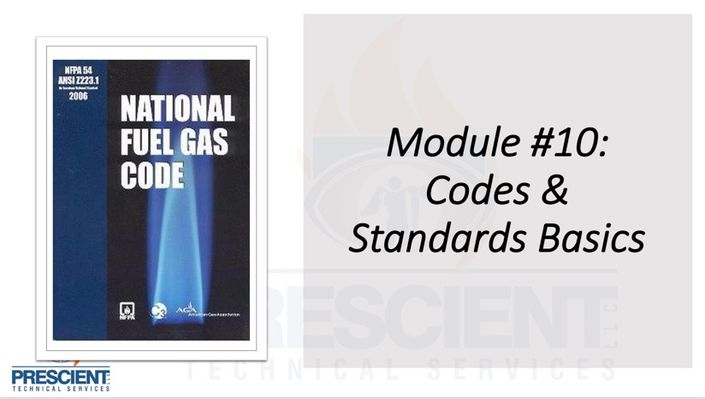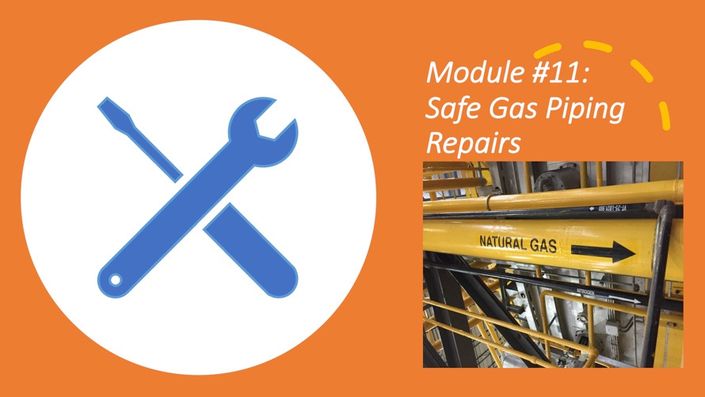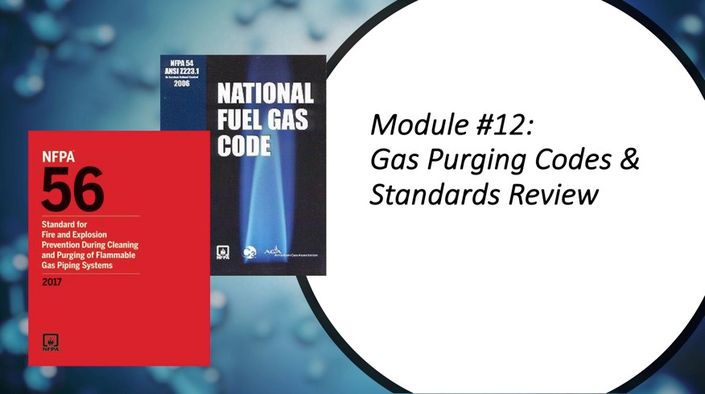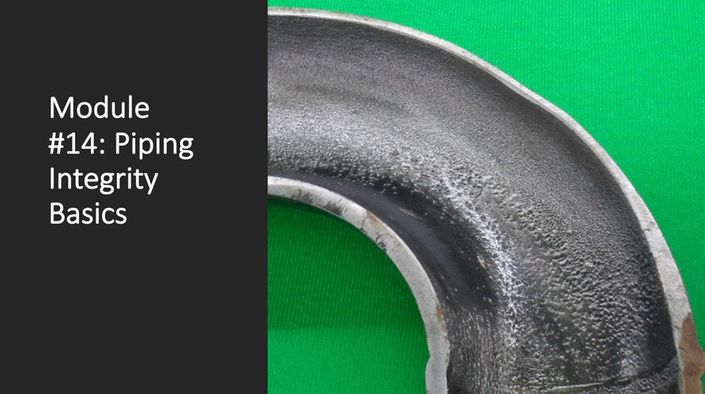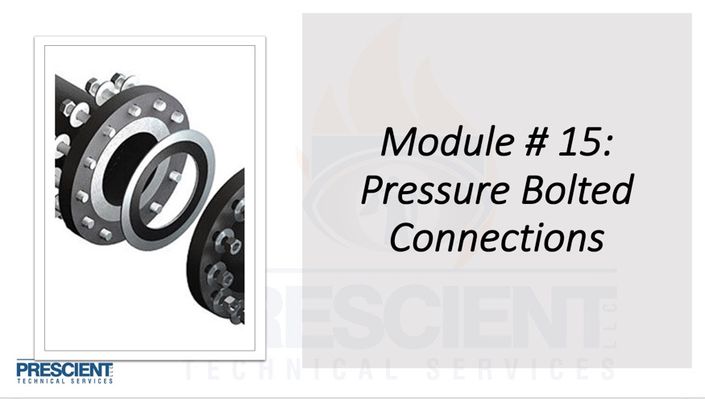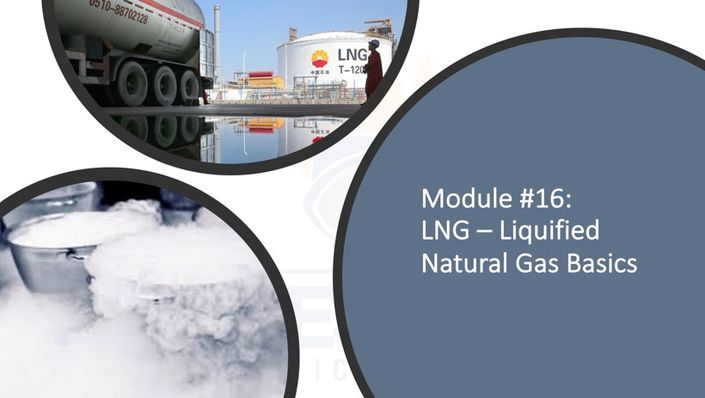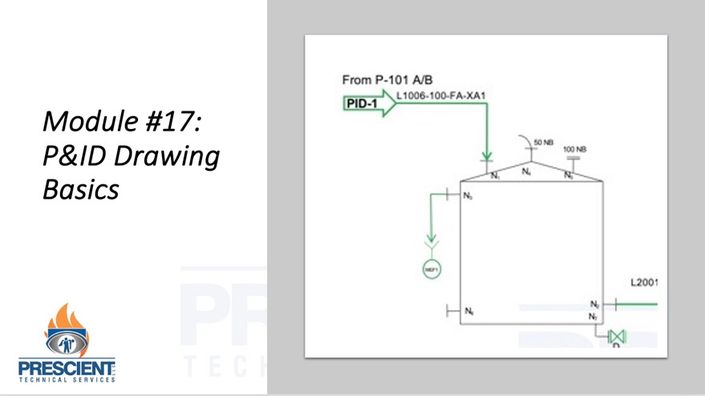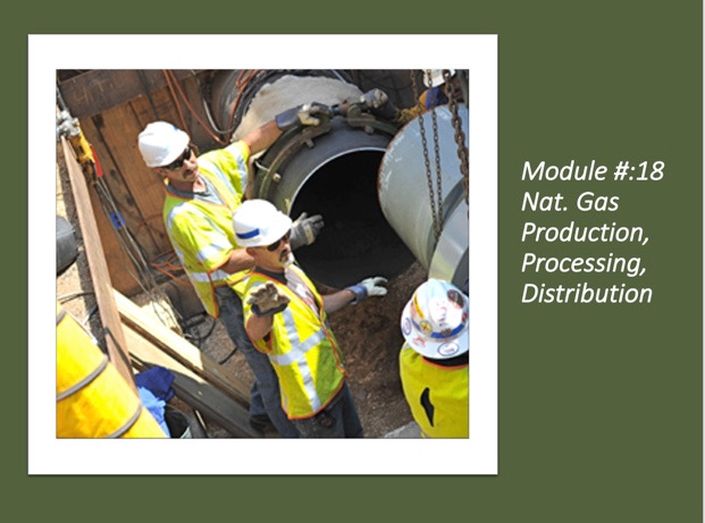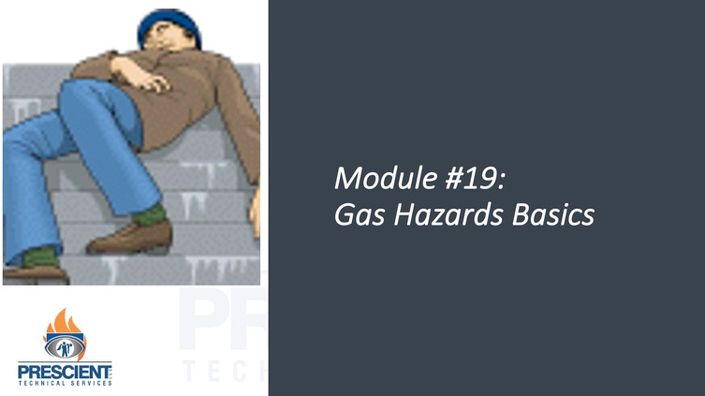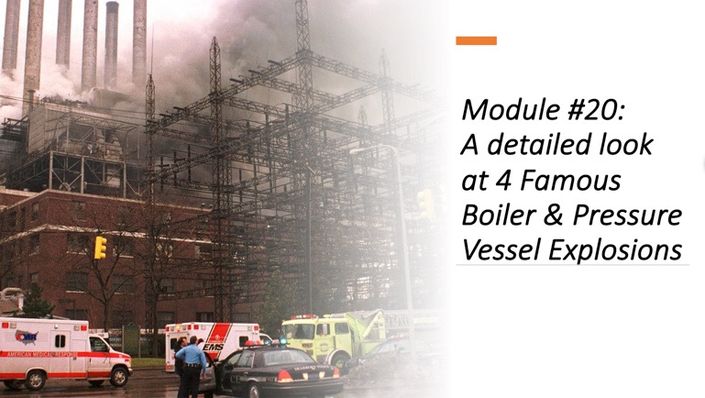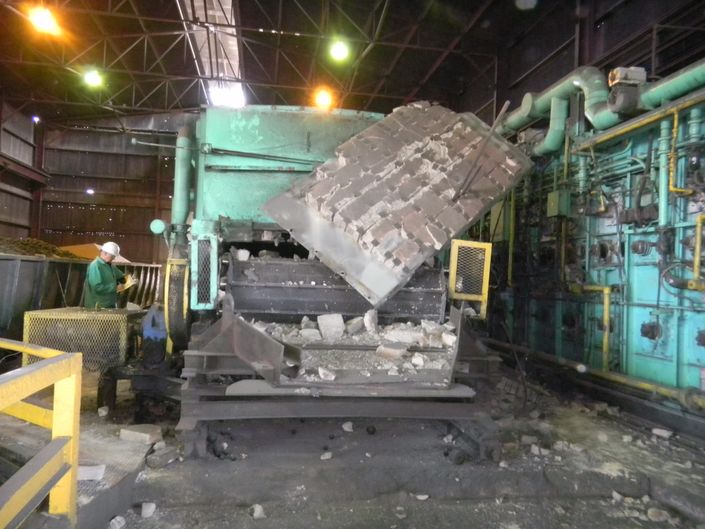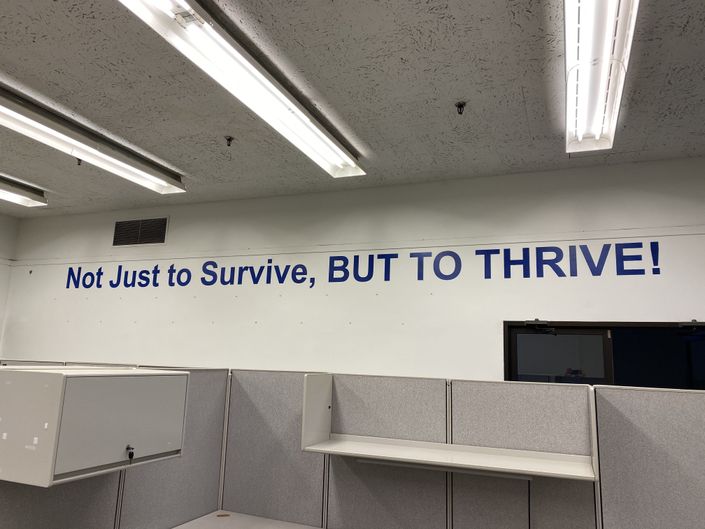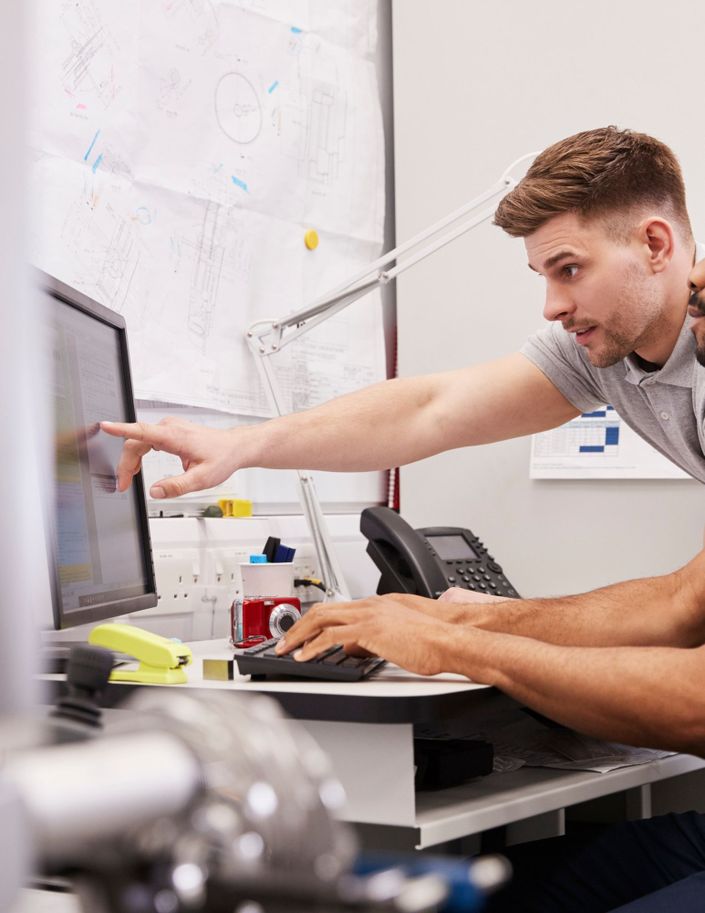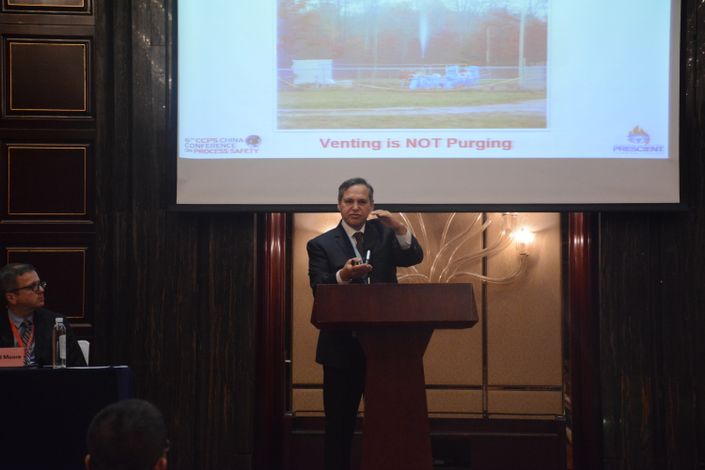
Simple and effective explanations from someone who has been at this for over 40 years, member of many NFPA committees, and has trained thousands all over the world. Money back guarantee, you will be pleased and see value!
20 Things You Will Learn
1. What codes and standards require for periodic inspection and testing of safety devices.
2. The difference between function testing and calibration
3. Ways that switches and devices have been found to be defeated in the field and unsafe
4. Preparing for testing of safety devices including kinds of devices and tools to use.
5. The importance to gas pressure switch set points and how they can be developed and obtained.
6. Pressure ratings of switches and components and why they are important.
7. Actual testing methods described including “set point rollback method”
8. Four (4) different failure modes to watch out for when conducting component tests.
9. How to test: flame detectors, position switches, gas and combustion air pressure switches.
10. What a pliot spark pick-up test is and how to do it.
11. How to test temperature switches
12. How to evaluate important water level issues on boilers including gauge glass test
13. How to do low water cut off testing including the slow drain test.
14. Checking firebox purge timing and identifying what it should be and what you have.
15. Valve proof of closure devices and how they work.
16. Fuel safety shut off valve seat leakage tests, (bubble testing).
17. Hydraulic actuator failures and how to spot them, and what to do.
18. Testing equipment needed for bubble tests and how to handle the vent valve.
19. What a gap analysis is and how to conduct one.
20. More than a dozen installation and inspection issues related to fuel train components and safety devices.
Example Curriculum - 75 Minutes w/o quizzes
Every Component Explained
Learn about every component in a typical fuel train why it's there and how it contributes to the 4 basic functions of any fuel train.


